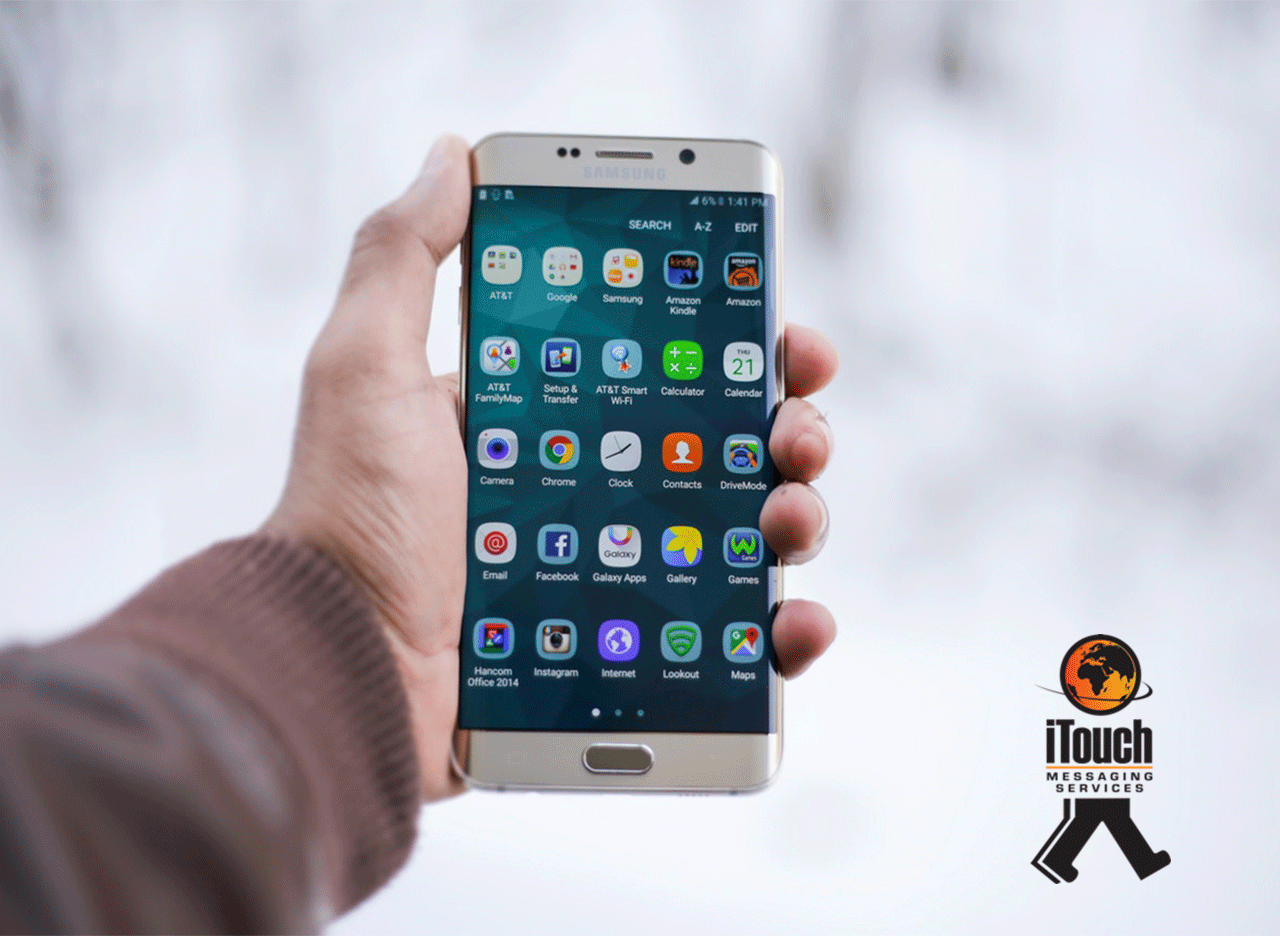The modern mobile industry has become a Billion Dollar behemoth that seemly sprung up overnight, Smartphones and access to the internet are near ubiquitous in many parts of the world and in many cases often taken for granted. This type of interconnectivity has seen new opportunities to do business, create content, engage with consumers and bring consumers and businesses closer together.
While mobile apps, push notifications, SMS marketing and more may seem like the norm for many it has been a 30-year process to get to this point. Mobile advertising came from humble beginnings with SMS but has since expanded into a variety of advertising options. Over the years it has kept up with the times and has adapted to the consumer lifestyle and inclinations, creating ads that are far more effective at getting the attention then what was once possible.

What is Mobile Marketing?
Mobile advertising is products or services promoting themselves to the mobile devices and/or smartphone consumers. The mobile advertising field ranges from short message service (SMS) text to interactive advertisements. Thus, mobile advertising is a subdivision of mobile marketing.
Mobile advertising is shifting the way user’s network with their businesses, but how did we get to this point? Let us take you on a trip down memory lane.
1973
- Motorola became the first company to create the first portable phone. And the first call was made by Martin Cooper (a project manager in Motorola) to Dr Joel S. Engel of Bell Labs.
1978
- An Advanced Mobile Phone System was created with the first analogue cellular system (1G network) being widely deployed in North America.
1990
- The first mobile phones appeared on the market.
1991
- The second generation of mobile telecoms (2G network) was showcased in Finland by Radiolinja (now Elisa)
1992
- On December 3rd, 1992 Neil Papworth was the first person to send the world’s first ever text message.
1993
- The first clickable web ad or online banner ad was sold to a Silicon Valley law firm by a website called Global Network Navigator.
1994
- The first commercial web magazine, HotWired, was the first website to sell banner ads in large sizes to a wide range of major corporate advertisers. AT&T was one of the first big companies to buy online advertising through the HotWired site.
- In that same year, the first person-to-person SMS text message was sent in Finland.
1995
- Yahoo launched the first keyword ad “Golf”.
1997
- Finnish news provider offered free news headlines via short message service (SMS).
2000
- A global non-profit trade association called the Mobile Marketing Association representing all players in the mobile marketing value chain was founded.
- The first mobile advertising conference convened in London, hosted by the Wireless Marketing Association.
- Google launched Google AdWords.
2006
- Admob, a mobile advertising company founded by Omar Hamoui, now owned by Google launched its mobile advertising platform.
- Another Mobile advertising platform company, Millennial Media was founded.
2007
- Google got into the smartphone game by launching the Android phone with open-source software.
2009
- Google bought Admob for $750-million.
2010
- Apple released its mobile advertising platform, iAd
- According to eMarketer, the size of the U.S. mobile advertising market increases to $1.45-billion.
2011
- 8 trillion text messages have been sent worldwide.
- Mobile Services revenue exceeded $1 Trillion for the first time.
2012
- Smartphones have become one of the fastest spreading technologies in history, with 50% of U.S. mobile phone users (and 40% of the U.S. population) owning smartphones.
2012
- Facebook launches mobile ads on the Facebook mobile app, which is used by over half of the site’s 850 million users to access the site.
2013
- Total Global subscriptions exceeded 7 billion in early 2013.
- Mobile Broadband (4G) is being deployed at a faster rate than previous generations.
2014
- The growth in mobile marketing increase as more of the global population joined the mobile phone revolution.
2016
- Mobile devices overtook desktop devices in Internet usage.
- Developments in connectivity, through higher speed 3G and 4G networks worldwide, contributed to the internet usages skyrocketing on mobile devices.
2017
- Mobile e-commerce, that is, transactions are done by a mobile device, is calculated at 34% of all e-commerce worldwide.
What’s next for Mobile?
Now that we have seen where we came from and revelled in the nostalgia, it's time to look at taking the next step. What started out as a strange and brick–like contraption has become our lifeline to the world. Mobile devices will continue to grow as our medium of choice for scheduling meetings on the go, online shopping to remaining on track with our fitness goals mobile is here to stay.
In marketing terms, industry professionals are forecasting that mobile video advertising will take over our screens’ as more users move their eyes from TV sets to their mobile phones. This means plenty of investment will be pumped into the industry over the coming years. This kind of growth will mean capital is available for expansion and new innovations. Mobile will continue to adapt and we could see it absorb new technology such as IOT, AI, Machine Learning, Blockchain, Virtual Reality & Augmented Reality to be applied in everyday practical use cases the future.
Contact us for innovative solutions
iTouch is one of the few messaging companies in Africa that abide by GDPR and POPI security standards and ensure all our messaging products continuously meet new regulatory requirements. If you need assistance in building effective messaging solutions for your business. Contact us to discuss bulk messaging and marketing options that will suit your messaging needs.
Sources:
